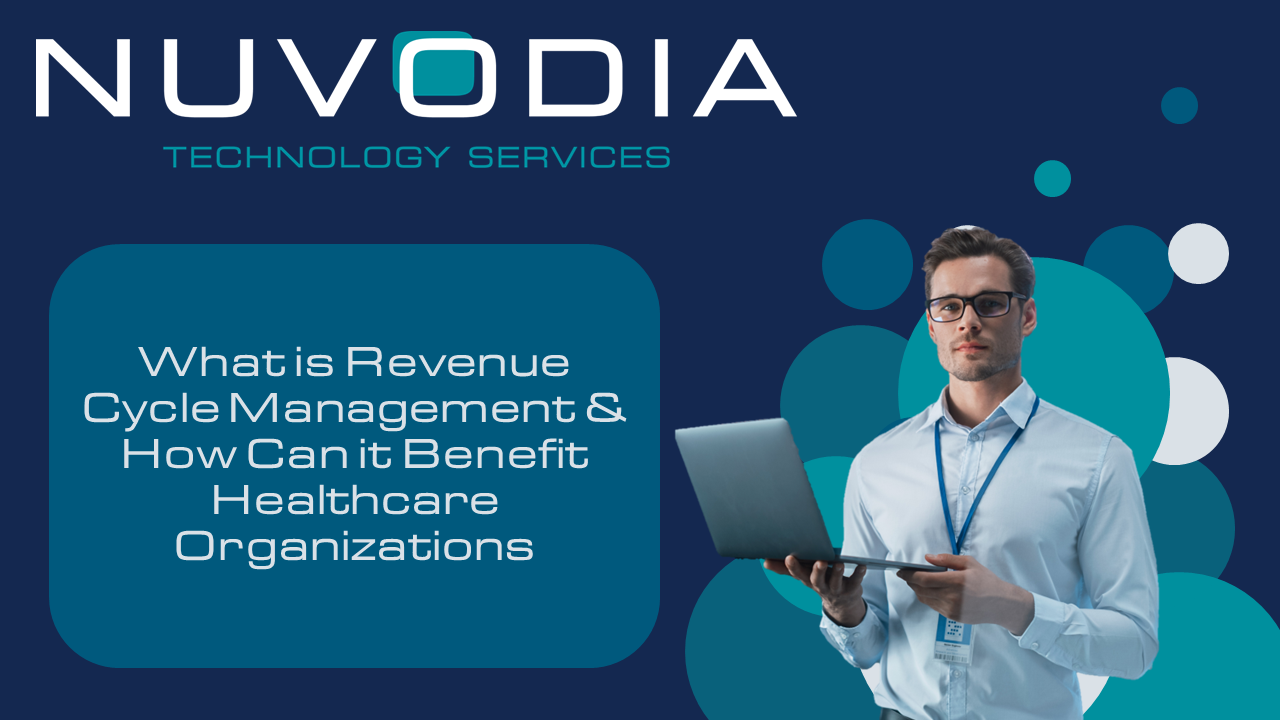Advanced billing solutions for radiology practices to help streamline the revenue cycle and management process and improve billing accuracy. All while also improving compliance with industry regulations. These solutions are designed to handle the challenges that radiology practices face, including complex coding requirements, high volume of imaging studies, and seamless integrations with their electronic health records (EHR).
In today’s fast-paced world, revolutionizing your radiology practice involves incorporating advanced billing solutions.
The Complex Landscape of Radiology Billing
The billing process in radiology involves various stakeholders, including radiologists, billing staff, insurance companies, and patients. While the process is designed to ensure accurate coding and prompt payment, it can be quite complex. To summarize, the radiology billing process can be broken down as follows:
- Pre-Service Phase: Patients are registered into the practice, their insurance is verified, and all pre-authorization approvals from the insurance are obtained.
- Service Phase: The radiology exam is performed and reviewed by a radiologist.
- Post-Service Phase: This phase involves everything from coding, charging the entry, submitting the claim to the insurance, and billing any remaining balance to the patient.
Of course, this is a simplified version of the radiology billing process. But it is the perfect example of how complex this process can be.
Challenges Faced by Traditional Billing Systems
Radiology practices using traditional billing systems often struggle with the following:
- Manual Data Entry and Errors: The manual process is time-consuming and prone to human errors such as typos, incorrect codes, or missing information. Such errors can lead to claim denials, delayed payments, and potential legal issues.
- Compliance with Evolving Regulations. Healthcare billing is a highly regulated field, with constant updates to laws and guidelines such as the Health Insurance Portability and Accountability Act (HIPAA) and the transition to ICD-10 coding systems. Traditional billing systems often need help to keep up with these changes, requiring frequent manual updates and staff training. Failure to comply with the latest regulations can result in penalties, audits, and a loss of trust among patients and stakeholders.
- Managing a Diverse Range of Procedures and Codes: Radiology practices offer various services, from basic X-rays to complex MRI and CT scans. Each procedure has its own billing codes and requirements, making it incredibly complex. Traditional billing systems may not be equipped to handle this diversity efficiently, leading to coding errors, claim denials, and revenue loss.
Benefits of Using Advanced Billing Solutions
Improved Financial Visibility and Revenue Cycle Management
The financial health of a radiology practice is intrinsically linked to its revenue cycle management. Effective revenue cycle management ensures that the practice can maintain its operations, invest in new technologies, and provide quality care to patients. Two key aspects that contribute to this are:
- Expedited Claim Processing and Reimbursement: This involves improving the pre-authorization of services and timely submission of accurate claims so practices can have faster revenue turnover and cash flow.
- Analytics-Driven Insights for Better Decision-Making: Advanced billing can help identify reimbursement trends and payment patterns. This can be used to adjust strategies to optimize revenue collection and improve the practice’s financial health.
Optimized Compliance and Risk Mitigation
Ensuring compliance with regulations and mitigating risks protects the practice from legal repercussions and contributes to its financial stability and reputation. Here are two key aspects that contribute to this:
- Adapting to Changing Regulations and Coding Standards: Keeping up with updates in coding standards like ICD-10 is crucial for compliance. Likewise, accurate coding is essential for avoiding penalties and audits. This requires ongoing training and advanced coding software to ensure accuracy.
- Minimizing Billing-Related Legal Issues: Implementing stringent billing protocols can reduce the risk of fraudulent billing, which could otherwise lead to severe legal consequences. This also applies to compliance with regulations like the Health Insurance Portability and Accountability Act (HIPAA).
Enhanced Patient Experience
An enhanced patient experience is beneficial for patient satisfaction and contributes to the overall success and reputation of a radiology practice. Effective billing practices play a significant role in this. Here are two key aspects that contribute to enhancing the patient experience:
- Transparency in Billing and Cost Estimation: With pre-authorization services, you can ensure the payers will cover the service provided, and it also gives patients upfront cost estimates before the service is performed. Transparency in billing practices contributes to higher patient satisfaction and trust, leading to better patient retention and referrals.
- Minimizing Billing Disputes and Inquires: All of these lead to quick and effective resolution of billing concerns. Consequently, fostering positive patient-provider relationships is crucial for the practice’s long-term success.
Integrated Technology: AI and Machine Learning
Integrating AI and machine learning technologies can revolutionize the billing process in radiology practices. These technologies not only streamline operations but also provide valuable insights for decision-making. Here are two key aspects that contribute to this:
- Automating Coding and Documentation Processes: AI-assisted coding can significantly improve the accuracy and efficiency of the billing process. At the same time, this will substantially reduce the risk of human error in coding and documentation.
- Predictive Analytics for Revenue Forecasting: With machine learning, you can predict potential revenue gaps to optimize resources for those periods. By using predictive models, practices can better prepare for financial uncertainties, making them more resilient in changing healthcare landscapes.
Wrapping Up
The billing process in radiology practices is a complex but crucial component that directly impacts financial viability, compliance, patient satisfaction, and overall operational efficiency. By switching to advanced billing solutions, radiology practices can significantly improve their billing processes. These improvements enhance financial stability and contribute to better patient experiences and risk mitigation.
In an increasingly competitive and regulated healthcare landscape, radiology practices must continually adapt and innovate. Leveraging advanced billing solutions and technologies can provide the necessary edge to stay ahead, ensuring long-term success and sustainability.

